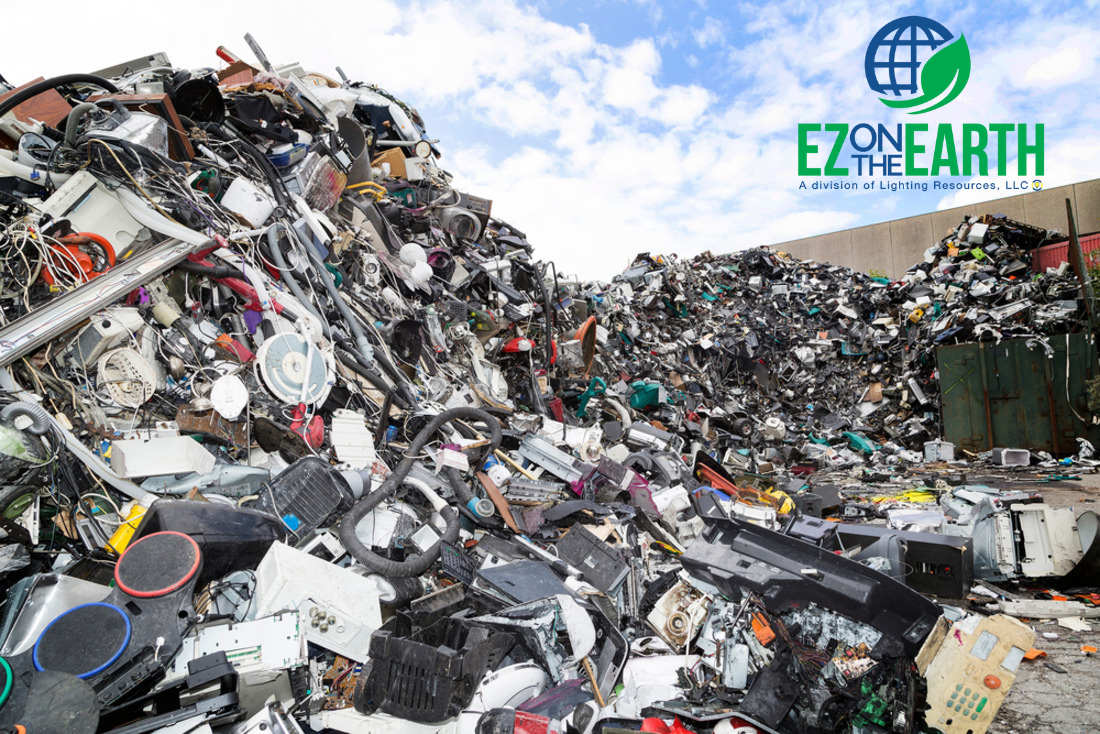Introduction to E-Waste Recycling
The modern technological era has brought upon us conveniences once seen as inconceivable. Yet, this fast-paced technological advancement brings with it a downside: the production of electronic waste, or e-waste as it is commonly referred to.
E-waste includes a wide range of old electronic and electrical equipment, from the prevalent mobile phones to larger household appliances. As these items reach the end of their life cycle, the significance of handling them in an eco-friendly manner leads us to e-waste recycling – a method developed to recover useful materials and keep toxic waste from damaging the environment.
But like any mechanism, there are advantages and disadvantages of e-waste recycling, an area that requires an in-depth exploration to understand its impact on our planet.
Advantages of E-Waste Recycling
The advantages and disadvantages of e-waste recycling are uncountable. Before we delve into a comprehensive discussion about the disadvantages of this process, let’s have a look at some of the advantages associated with e-waste recycling.
Reducing Environmental Impact
E-waste recycling acts as a defense against the relentless wave of environmental degradation. By keeping discarded electronics out of landfills, the process curbs the penetration of poisonous substances into soil and groundwater, compounds that can degrade ecosystems and pose serious risks to human health.
In addition, the recycling of e-waste contributes to the reduction of greenhouse gas emissions. The manufacturing of brand-new electrical appliances from raw materials is an energy-consuming process. Recycling reduces this demand, using already processed materials, thus minimizing the carbon footprint linked with manufacturing processes.
Conservation of Natural Resources
Another crucial advantage of e-waste recycling is the protection of valuable and finite natural resources. Metals like gold, silver, and copper, found in considerable amounts in old electronic devices, can be recovered and reused, reducing the requirement for virgin raw materials.
This not only safeguards the natural landscape but also guarantees the availability of these materials for future generations. Besides this, the recycling process helps to conserve energy, as manufacturing products using recycled materials mostly requires less energy than producing them from fresh raw materials.
Job Creation and Economic Benefits
Talking about the advantages of e-waste recycling, the e-waste recycling industry has emerged as a growing source of employment. As the need for sustainable waste management options increases, so too does the requirement for skilled workers to provide these services.
In addition to providing jobs this industry also garners development in recycling technologies and methods. The economic perks go beyond job creation; by reclaiming precious materials, the recycling process introduces secondary raw materials back into the economy, decreasing the costs associated with fresh mining procedures.
Disadvantages of E-Waste Recycling
Despite the myriad of advantages of e-waste recycling, it is only fair to say that the process does have a few disadvantages associated with it as well. Read on to explore the disadvantages of e-waste recycling.
Cost and Logistics Challenges
E-waste recycling is not without its disadvantages. The initial development cost for setting up recycling facilities can be significantly high, dissuading investment in essential infrastructure.
Additionally, the logistics of gathering and sorting electronic waste, especially in areas that lack proper collection systems, can be a challenging and pricey task. These hindrances often result in increased costs for the recycling process, costs that can be passed down to consumers or result in lower rates of recycling.
Health and Safety Concerns
The e-waste recycling process, if not carried out with strict safety measures, poses significant health risks. Workers in these facilities may be exposed to toxic compounds such as lead, mercury, and cadmium, which can lead to serious health issues.
Furthermore, irresponsible recycling practices can release toxic chemicals into the environment, aggravating the core issues recycling seeks to prevent.
Guaranteeing the health and safety of workers and communities requires strict adherence to safety protocols and regulations, which can add to the operational costs of recycling facilities.
Potential For Illegal E-Waste Dumping
A significant disadvantage of the e-waste recycling industry is the potential for illegal dumping. To bring down the rising costs and strict regulations linked with proper recycling, some entities may resort to shipping e-waste to countries with lax environmental standards. This not only damages the environment and public health in those regions but also weakens the global effort to manage e-waste sustainably.
Conclusion: Evaluating the Advantages and Disadvantages of E-Waste Recycling
E-waste recycling presents a complex tableau of benefits and challenges. On one hand, it offers a pathway to mitigate environmental degradation, conserve natural resources, and generate economic and social benefits.
On the other, it is beset by logistical, financial, and regulatory hurdles that can hamper its effectiveness and ethical execution. As society continues to grapple with the growing issue of e-waste, the balance between the advantages and disadvantages of e-waste recycling will pave the future of responsible electronic waste management.
Embracing innovation, enforcing strict regulations, and fostering worldwide cooperation is integral to making sure that e-waste recycling lives up to its promise as a cornerstone of sustainable development.

